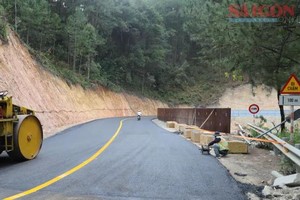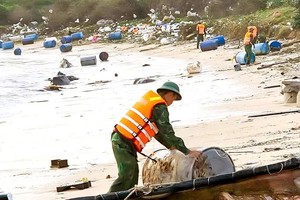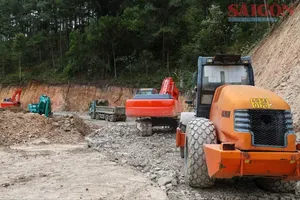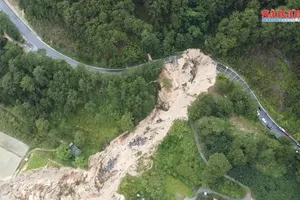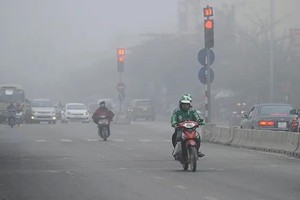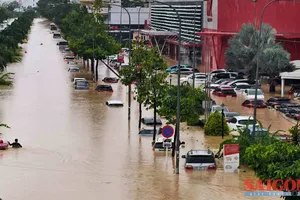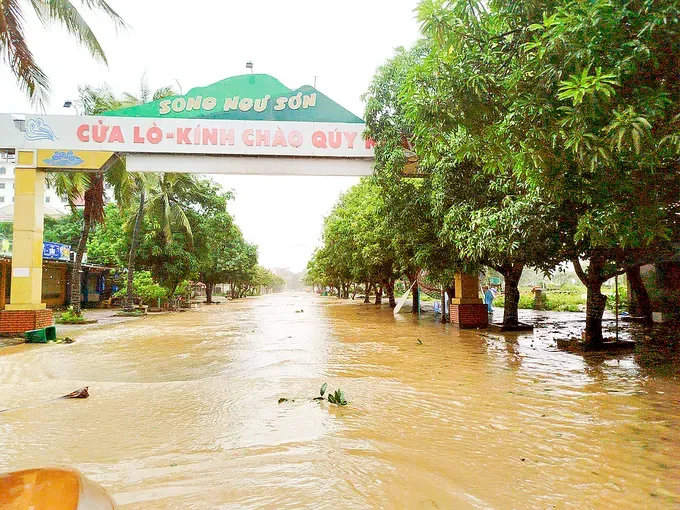
Beyond the immediate damage, authorities are warning of a new danger. The remnants of Kajiki are expected to cause prolonged heavy rainfall in the mountainous areas from Thanh Hoa to Quang Binh. This raises a high risk of flash floods and landslides in several mountainous areas, including Ky Son and Tuong Duong of Nghe An Province, Huong Khe and Huong Son of Ha Tinh Province and Dakrong and Huong Hoa of Quang Tri Province.
The National Center for Hydro-Meteorological Forecasting confirmed that tropical storm Kajiki made landfall in Vietnam's North Central region on the afternoon of August 25. The storm's core impact was concentrated in Nghe An and Ha Tinh provinces, and it delivered extensive rainfall from the Red River Delta, including Hanoi, down to the Central City of Da Nang.
The storm's effects on infrastructure were widespread. Landslides and flooding have rendered numerous transportation routes impassable. In Quang Tri Province, three separate landslides were reported in Dong Le and Thuong Trach communes. Roads and culverts in Nghe An, Ha Tinh, and Quang Tri provinces were submerged, severely hampering transportation and relief efforts. Furthermore, the power grid in Ha Tinh Province suffered extensive damage, with 22 utility poles reported broken.

Deputy Director Le Van Hung of the Department of Agriculture and Environment of Ha Tinh said: ‘After the storm, what we are most worried about is the prolonged rain on the ground that is saturated with water. If there are no timely measures to evacuate people, the risk of landslides and flash floods in the highlands is very high’. Many localities have proactively evacuated people in areas along rivers, streams, and at the foot of mountains to safety.
In the face of the complicated developments of floods after storm No. 5, on the afternoon of August 25, the Ministry of Agriculture and Environment sent an urgent dispatch to the People's Committees of provinces and cities in the midlands and deltas of the North region and some mountainous provinces such as Son La and Lao Cai.
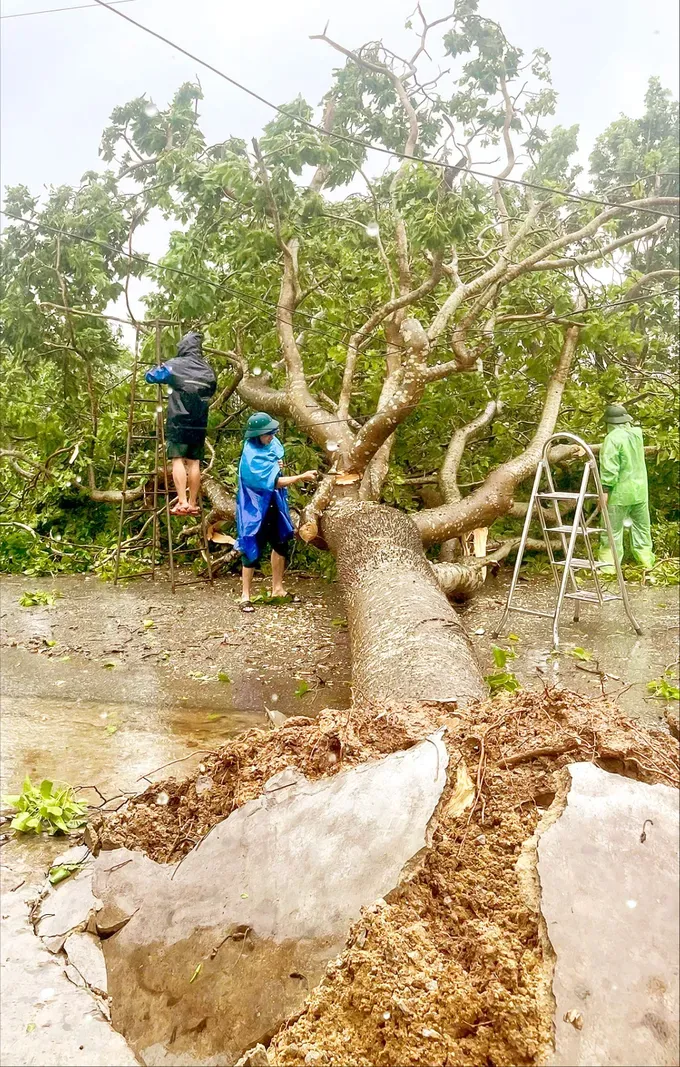
According to the dispatch, from the night of August 25 to the morning of August 26, the North Central region and the northern mountainous region continued having heavy rain, commonly 100-200mm, possibly exceeding 300mm. Therefore, localities are advised to closely monitor flood and landslide developments, promptly disseminate information to residents and relevant authorities, and mobilize forces to inspect riverside zones, low-lying areas, and other locations at high risk of flooding, flash floods, or landslides.
At the same time, 11 localities in the North and North Central regions need to arrange forces to control traffic at dangerous points such as culverts, deep flooded areas, and fast-flowing water to ensure the safety of people and vehicles.
In Cua Lo Ward of Nghe An Province, the waves rose 2-4m high, seawater suddenly flooded Binh Minh Street and many other streets, making it impossible for vehicles to circulate. Chairman Cao Minh Tu of the ward People's Committee said that the phenomenon of seawater flooding into the inner city is very rare, it has not been seen for nearly 20 years. On the streets, many trees were uprooted, some billboards and direction posts were broken.
In response to the complicated situation, Chairman of Nghe An Provincial People's Committee Le Hong Vinh said that the province has evacuated 4,245 households with 14,113 people, including more than 9,000 people in coastal areas to safe places. Forces are on duty 24/7 at key locations to handle any arising situations.
In Ha Tinh Province, strong winds caused a series of trees to fall, many roofs, auxiliary works, restaurants, and hotels in Xuan Thanh Tourist Area were blown away. People were forced to stay indoors for fear of danger, and the entire area lost power.
In the province, hundreds of roofs of houses, schools, medical stations, and traditional markets were blown away, and many sports facilities collapsed. The wind raged for many hours, causing thousands of hectares of rice and crops to fall and be flooded.
At about 2:30 p.m. yesterday, in Phuc Trach Commune, a fallen tree blocked the North-South railway, blocking the train for nearly an hour. More than 70 percent of customers in the province lost power, many telecommunication cables were damaged. Rising water levels on rivers caused flooding and local isolation in many localities.
The province has mobilized more than 3,200 police, military, and border guards, along with nearly 7,000 militiamen, to go to the grassroots to support people. The government requires that people absolutely not return home without a safety notice.
In Quang Tri, storm No. 5 generated fierce waves that swept away numerous fish cages belonging to local fishermen. Resident Cao Thai of Phu Trach Commune could only watch in dismay as six of his fish cages were torn from their anchors, their nets destroyed, resulting in losses amounting to billions of Vietnamese dong.
Similarly, resident Nguyen Viet Cuong of Hoa Trach Commune expressed deep concern over two oyster rafts damaged by the violent waves, moaning that if everything was lost, he would be left with nothing as nearly one billion Vietnamese dong would vanish.

